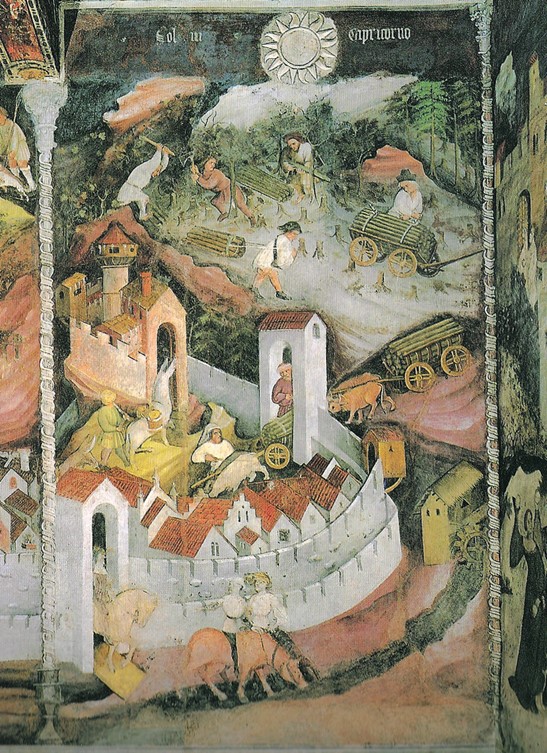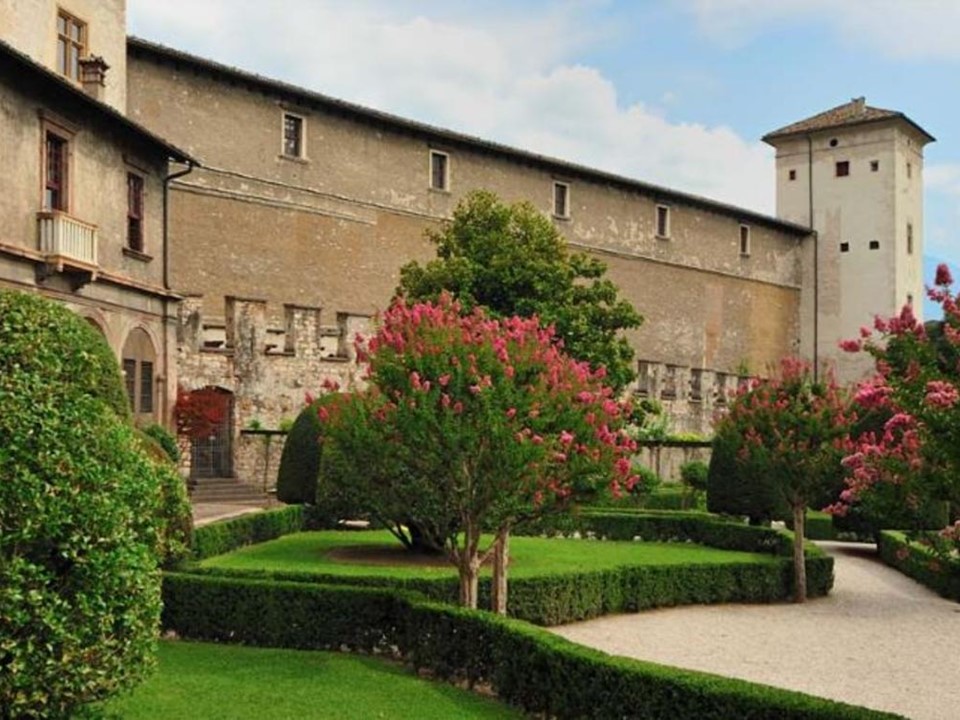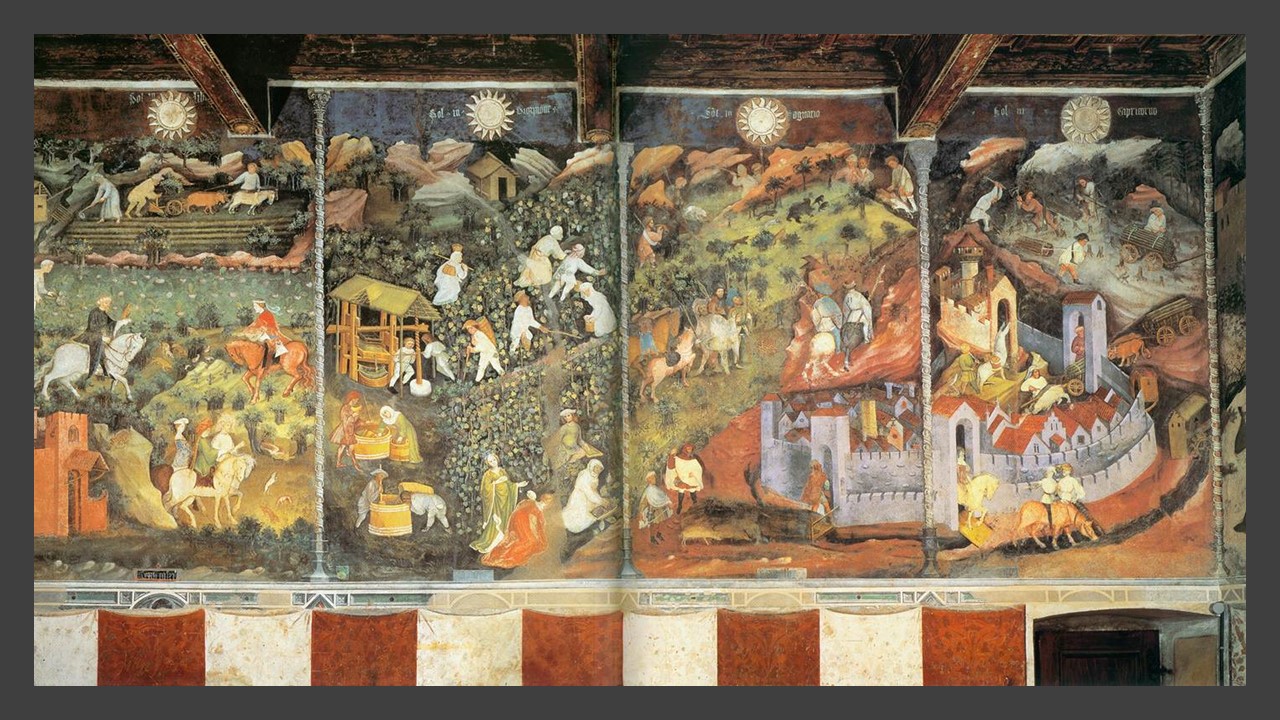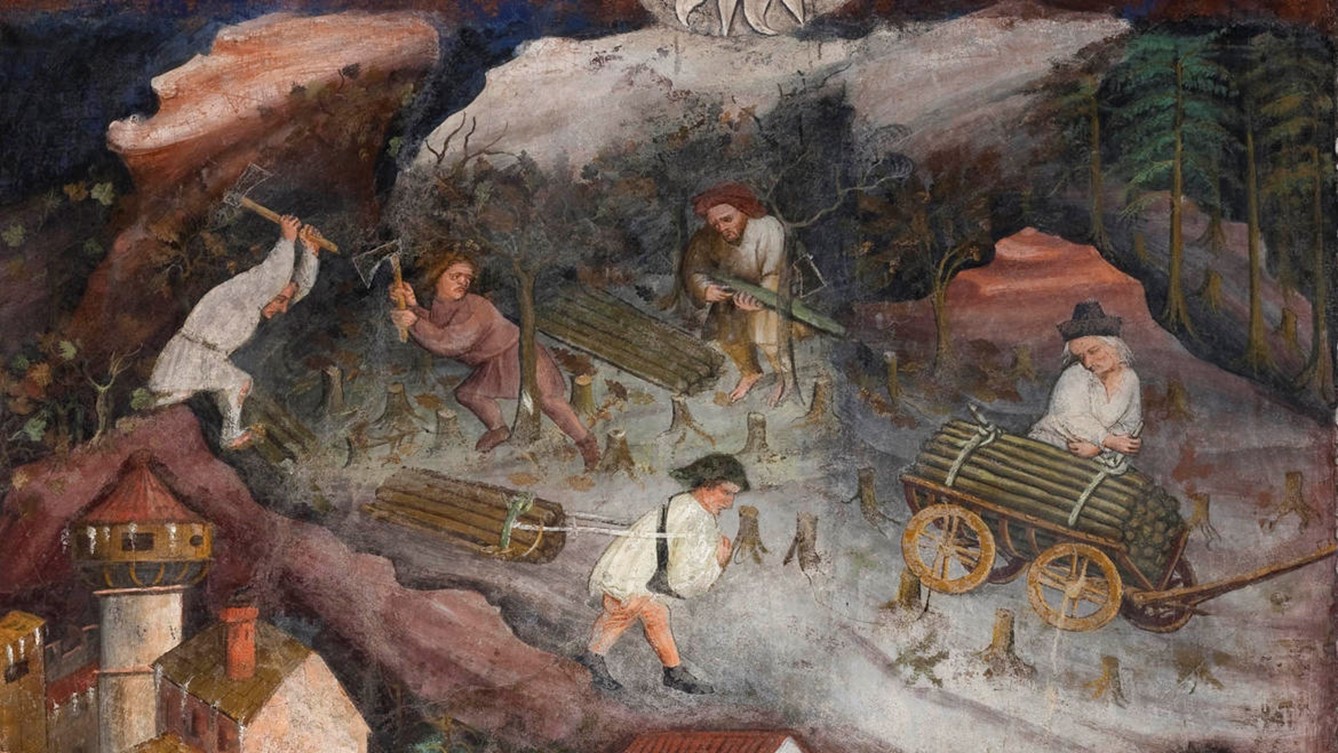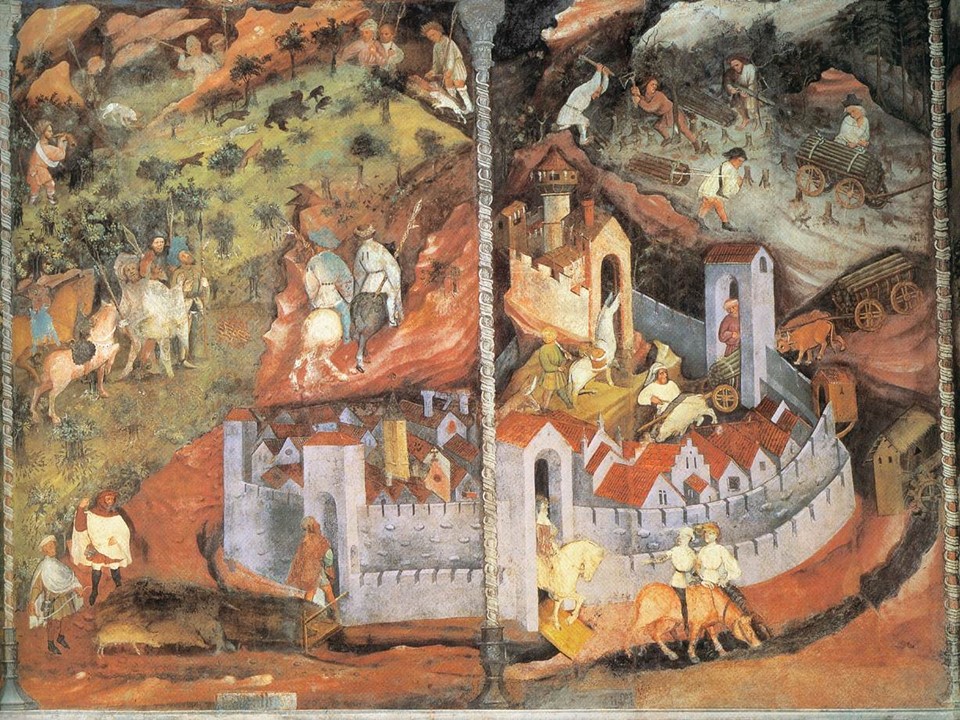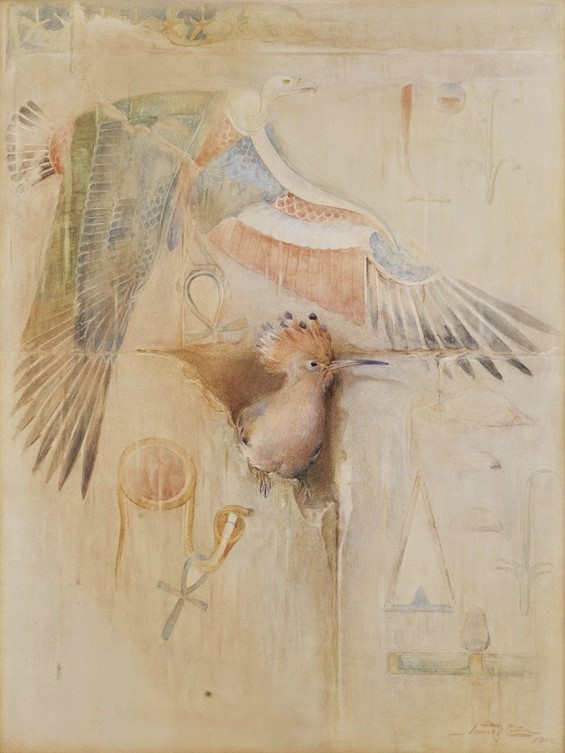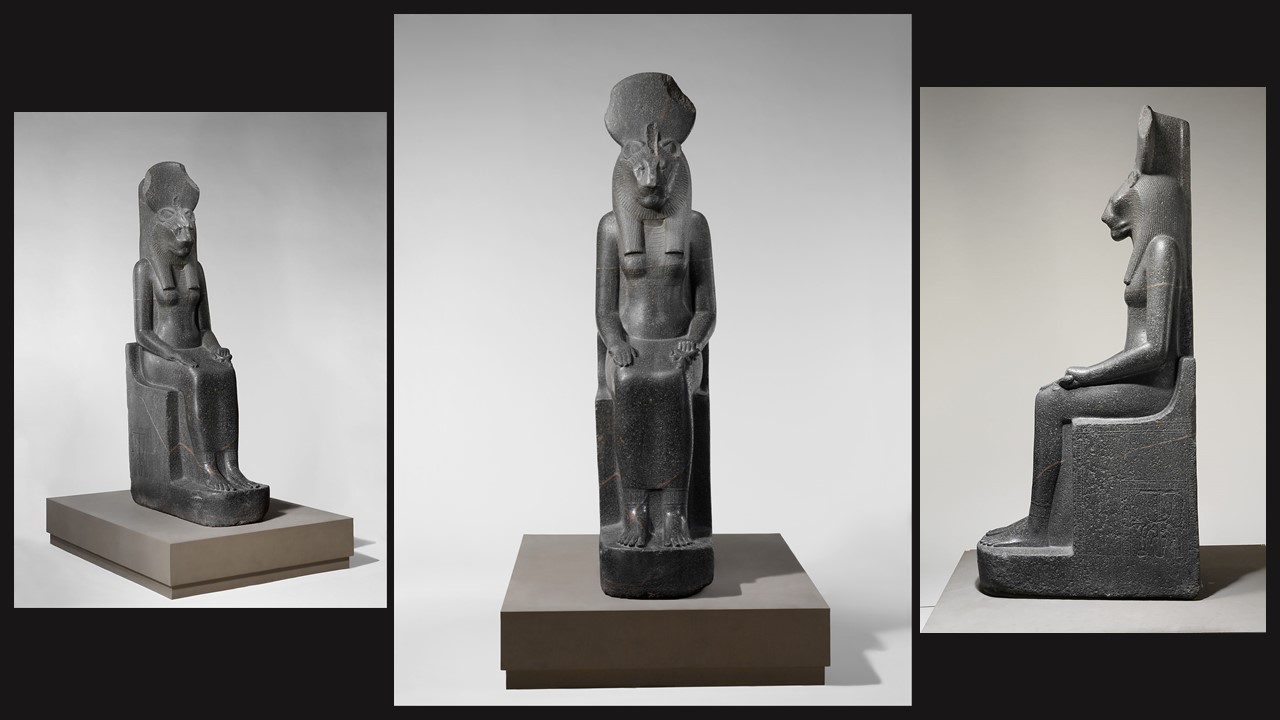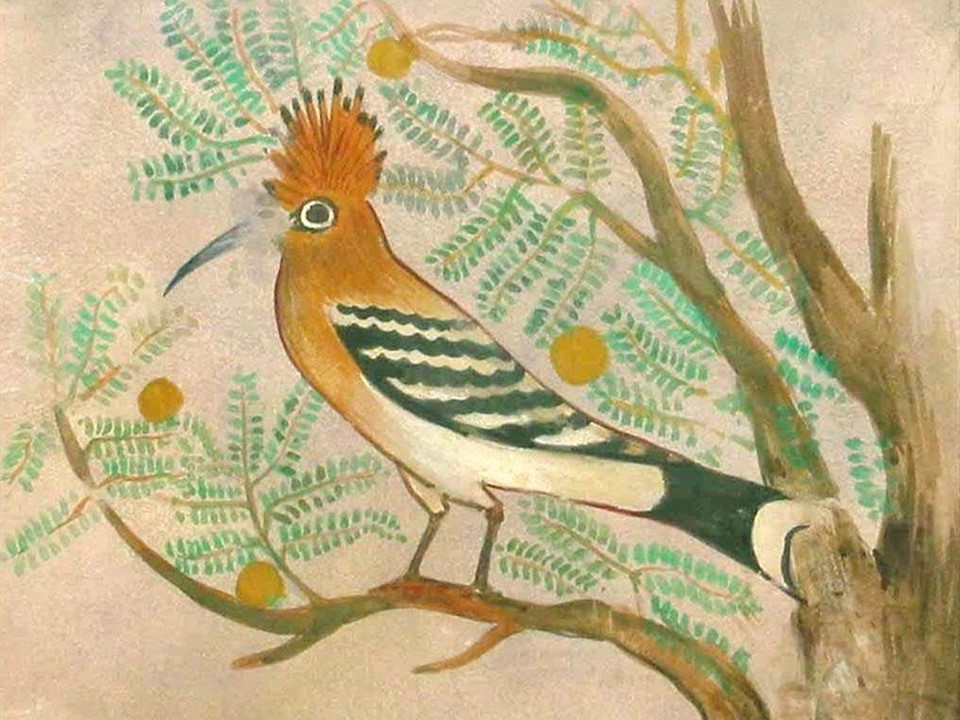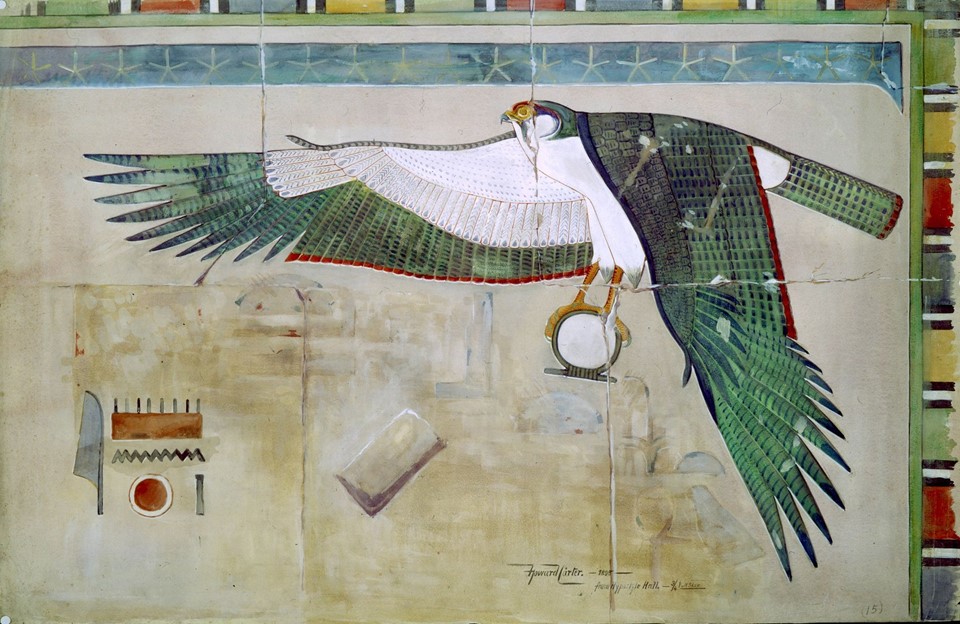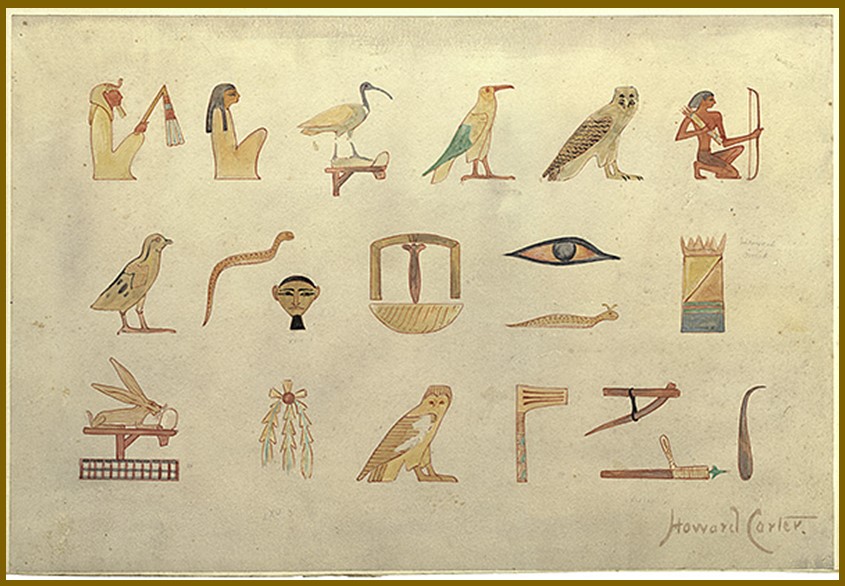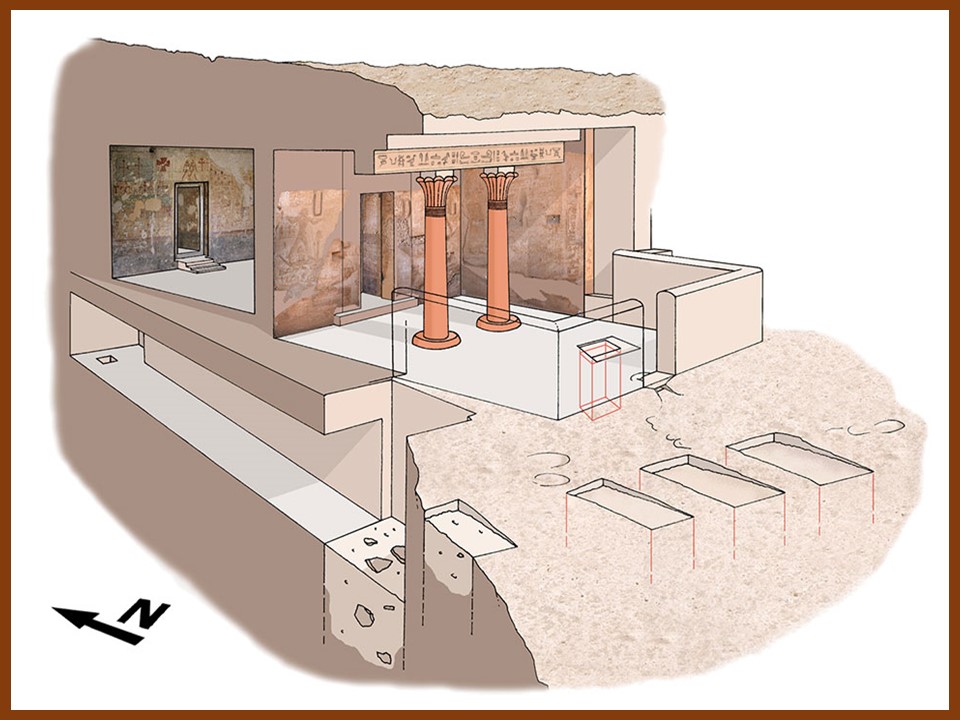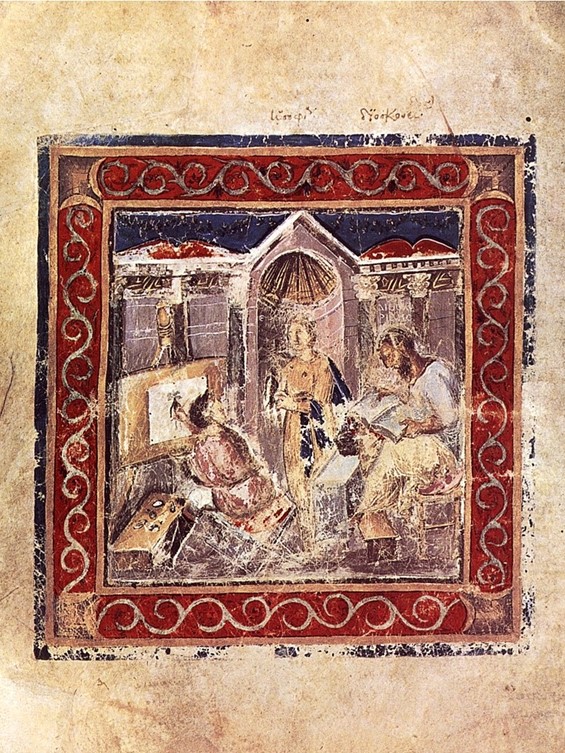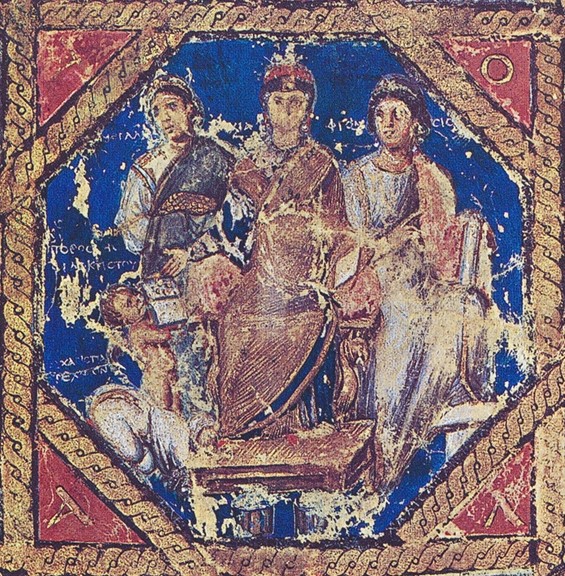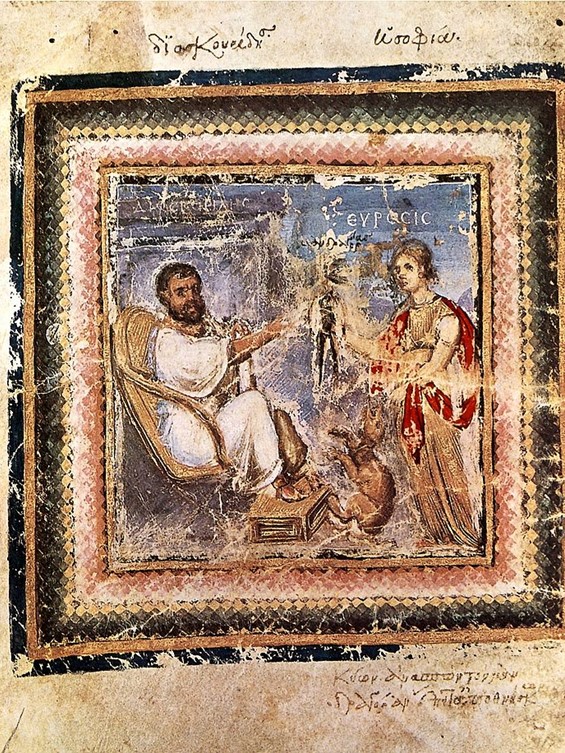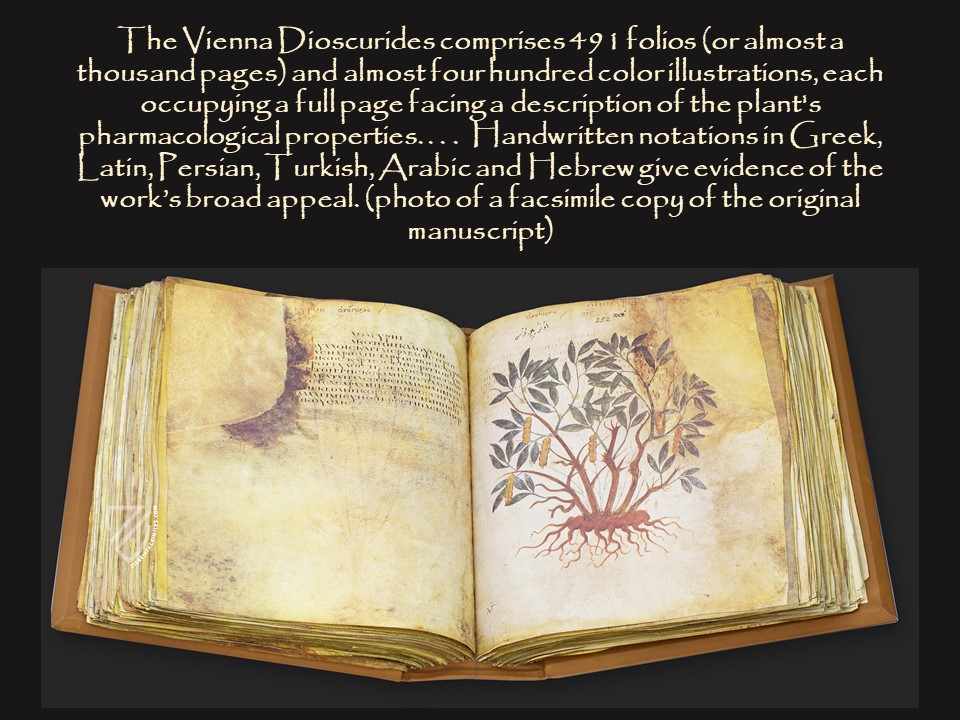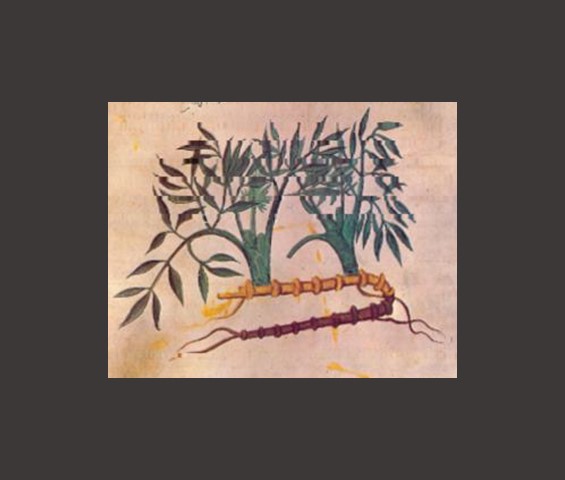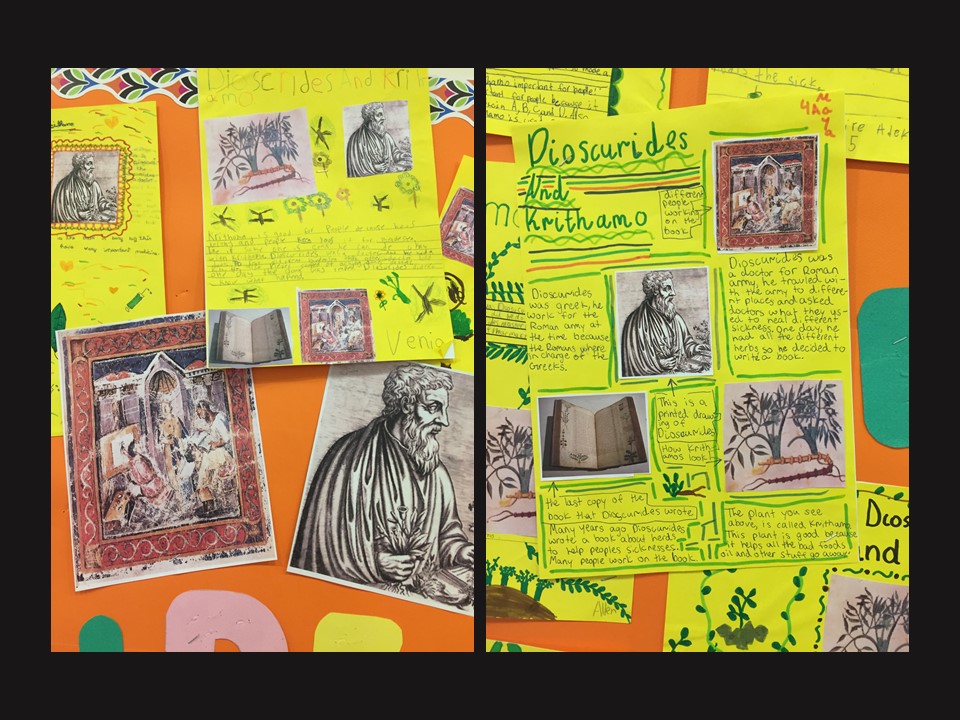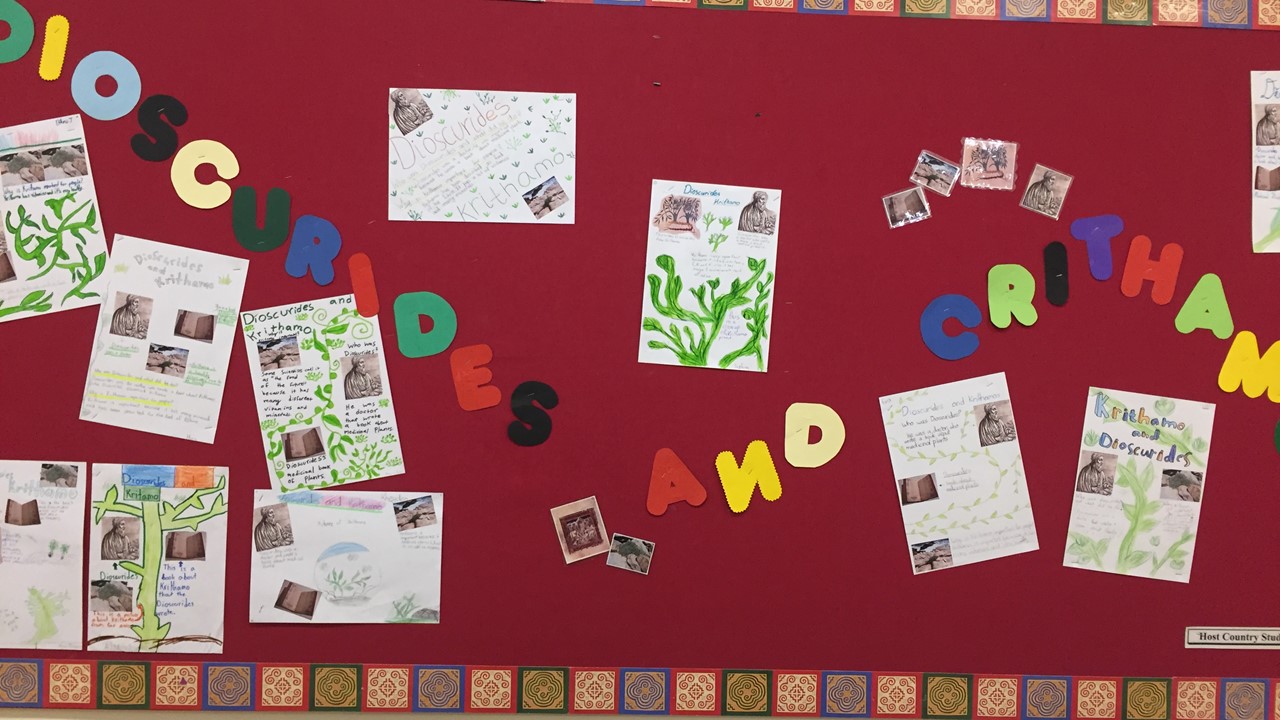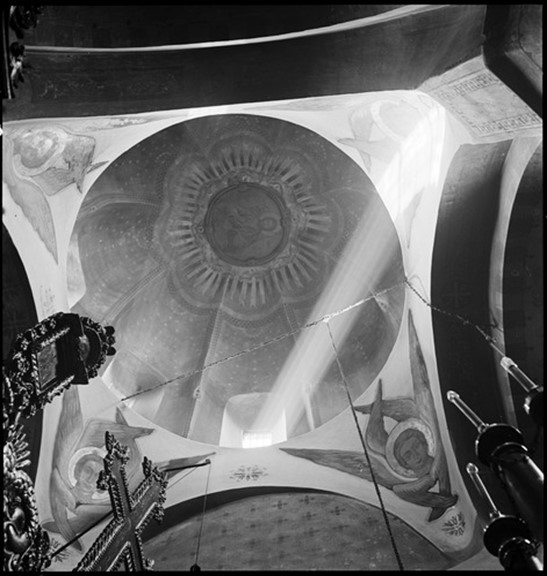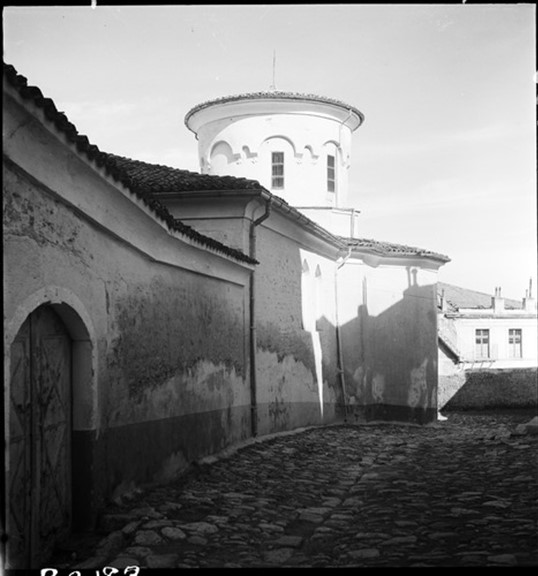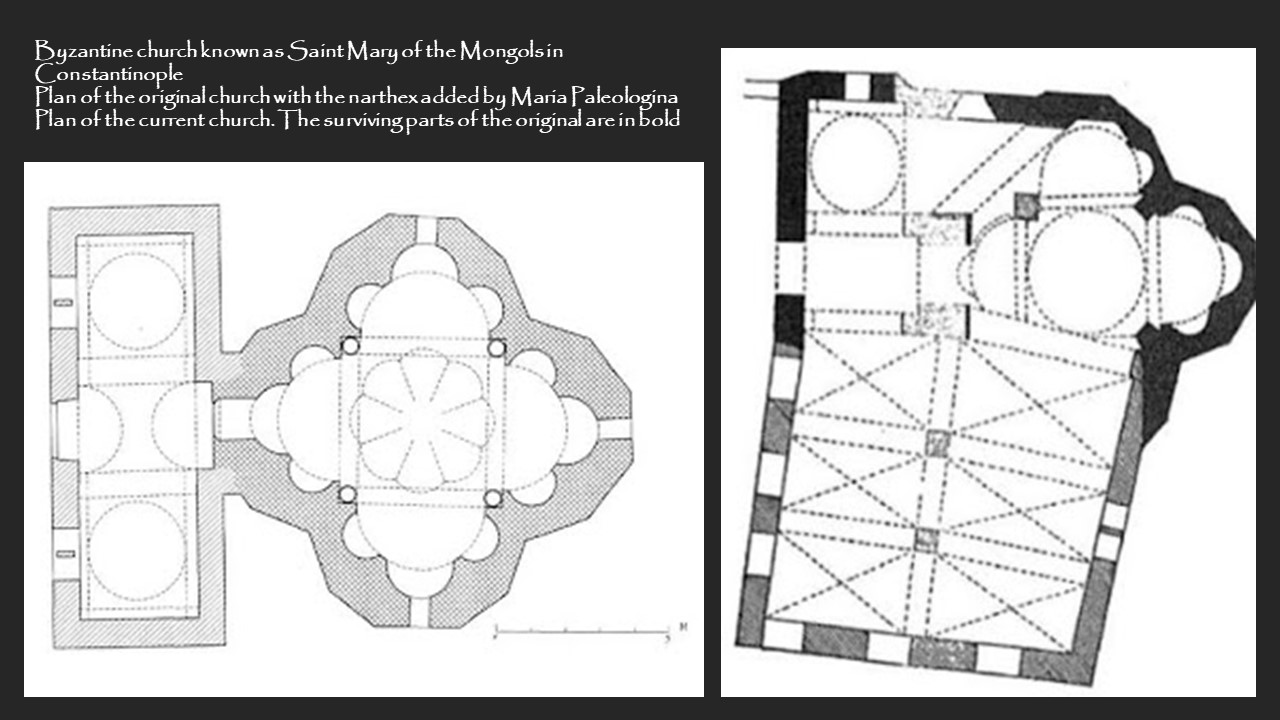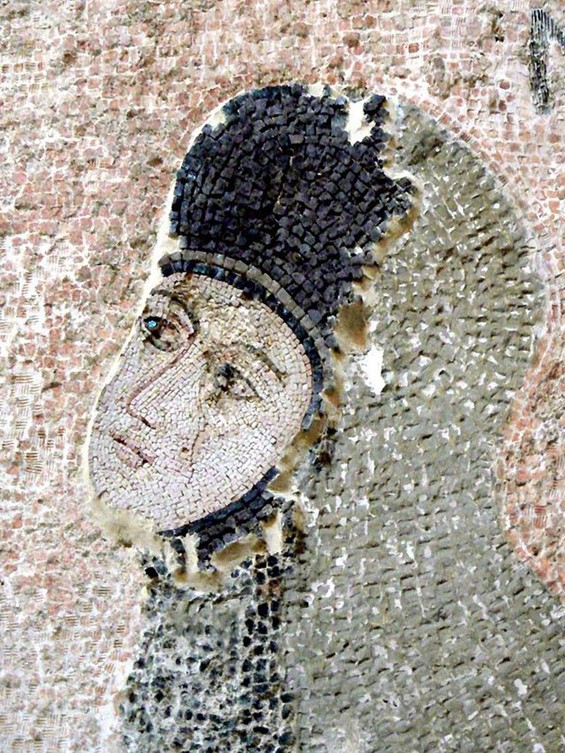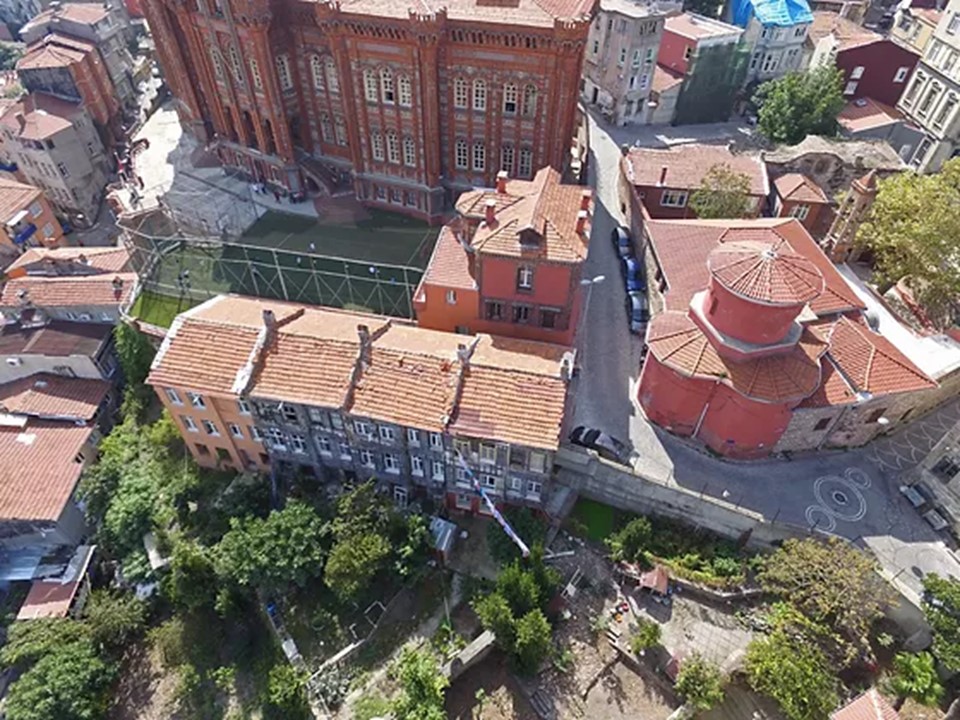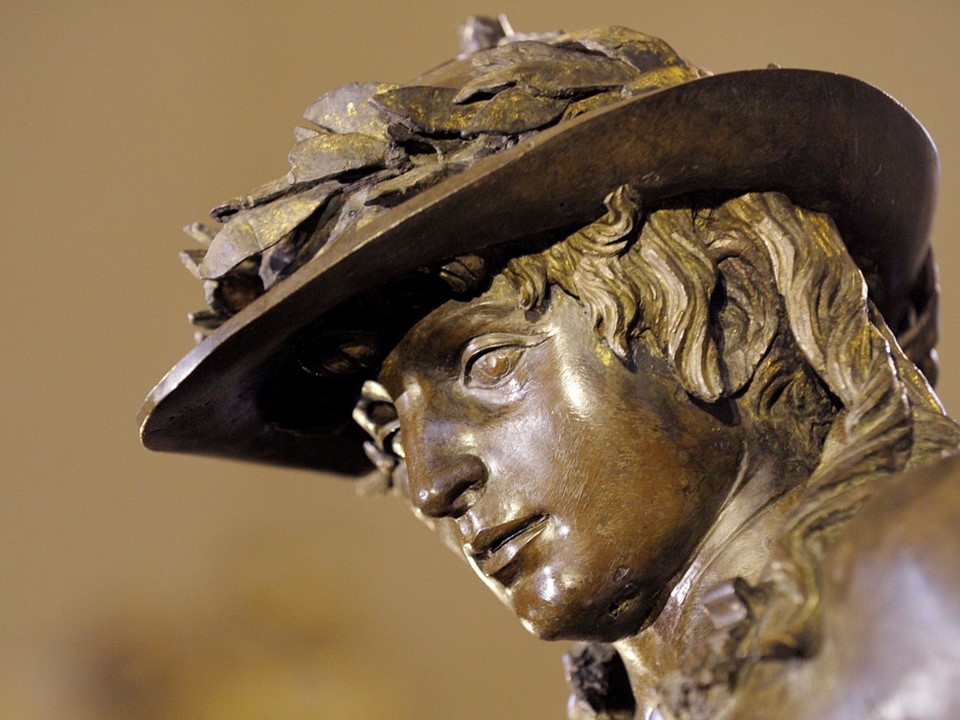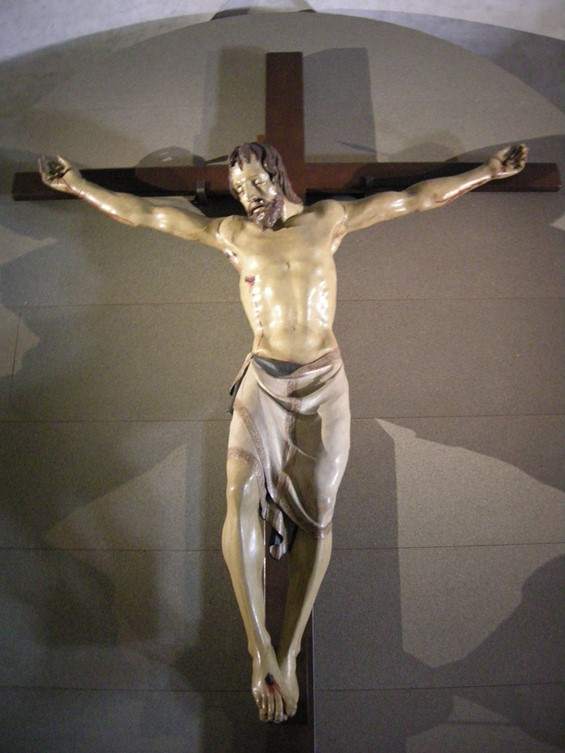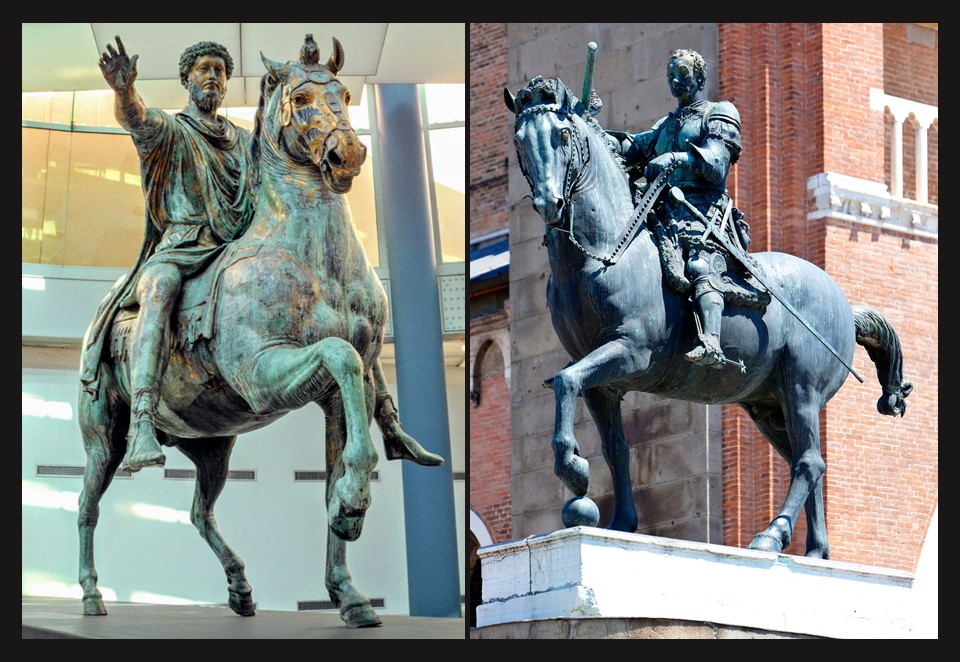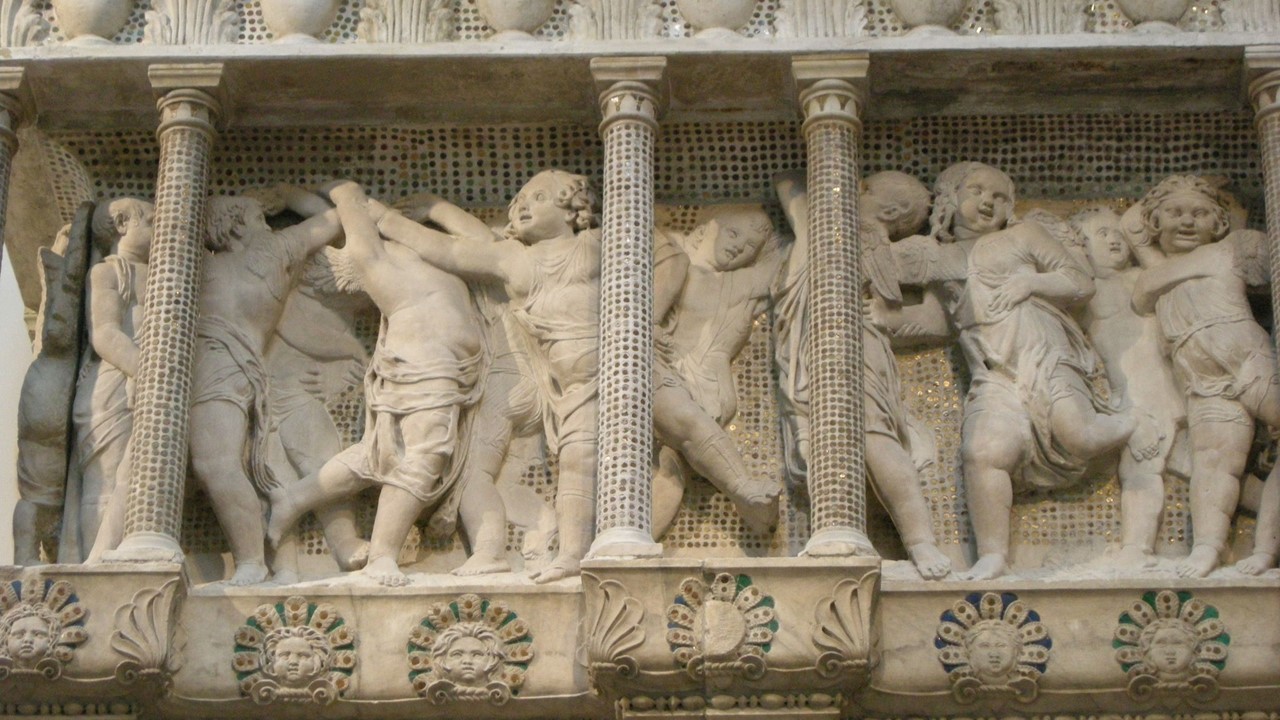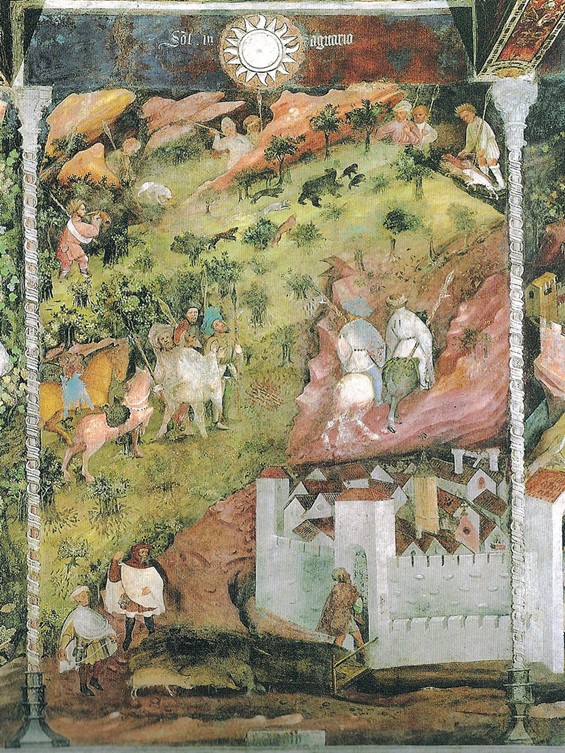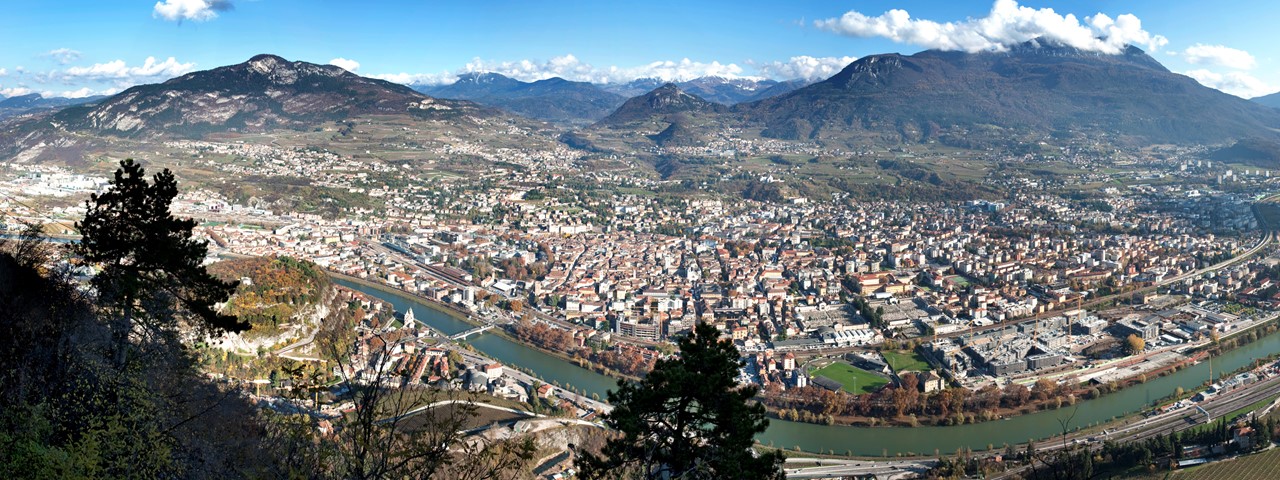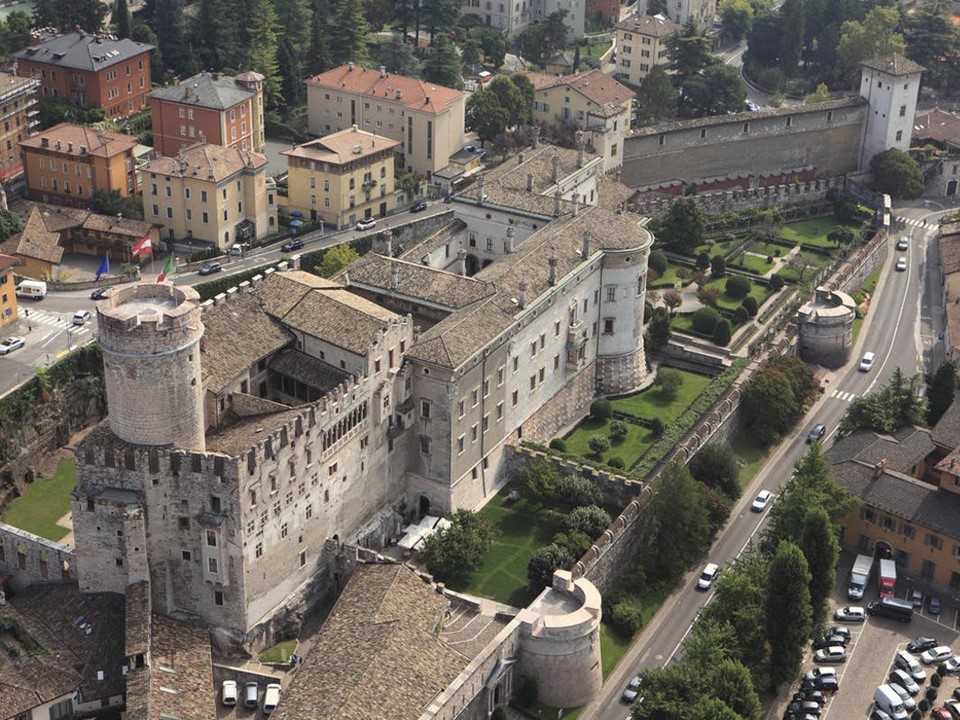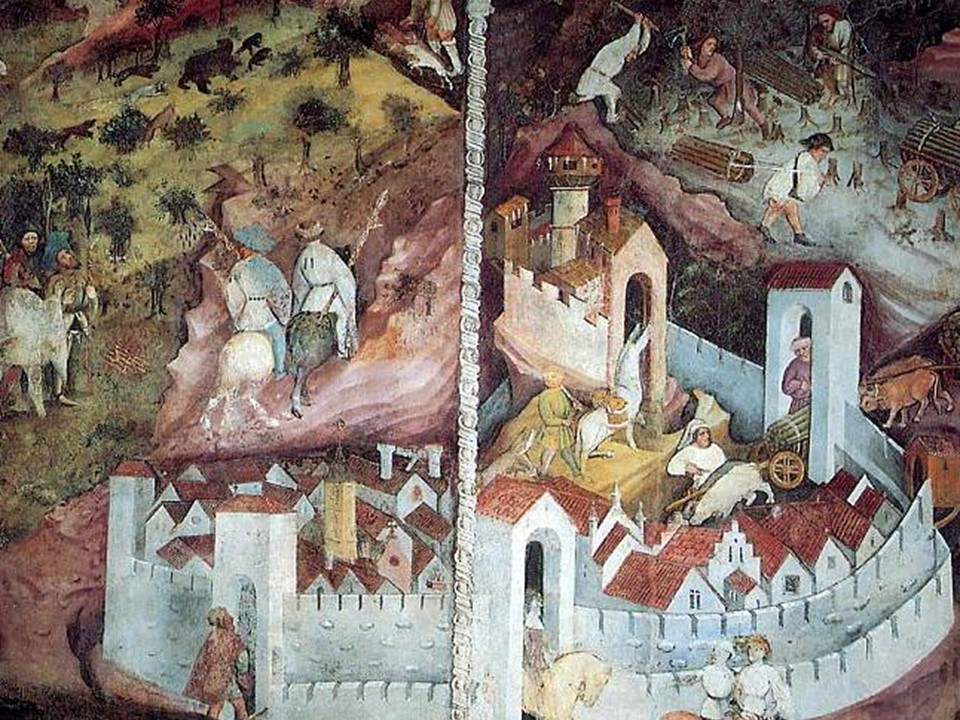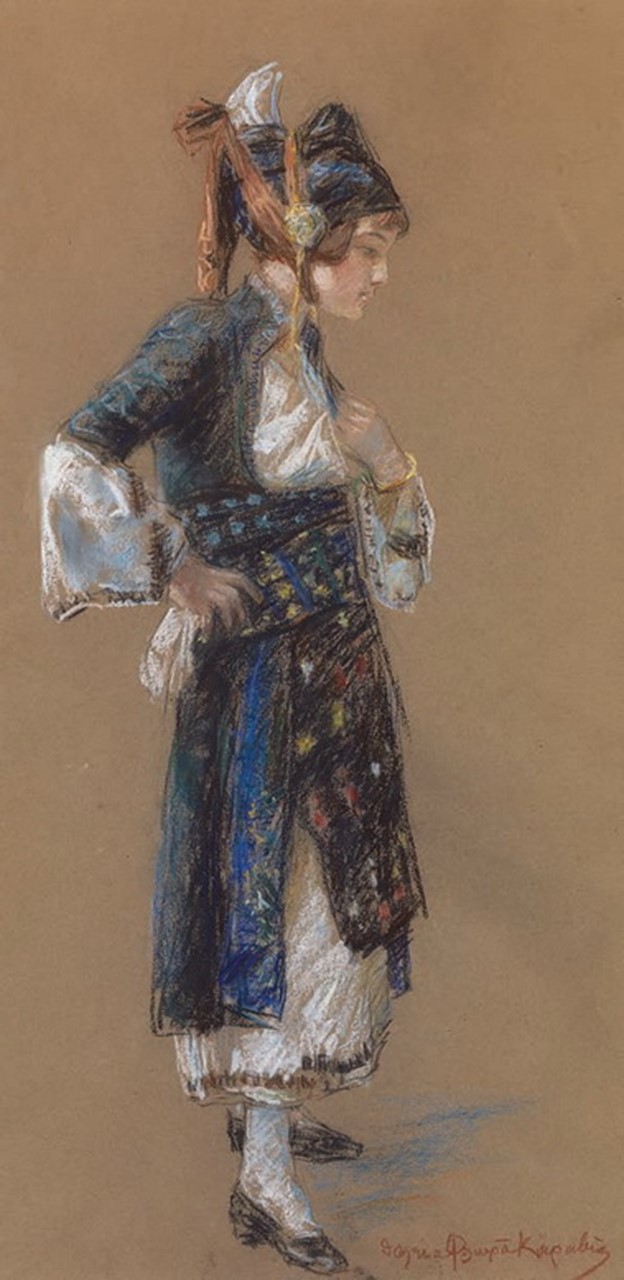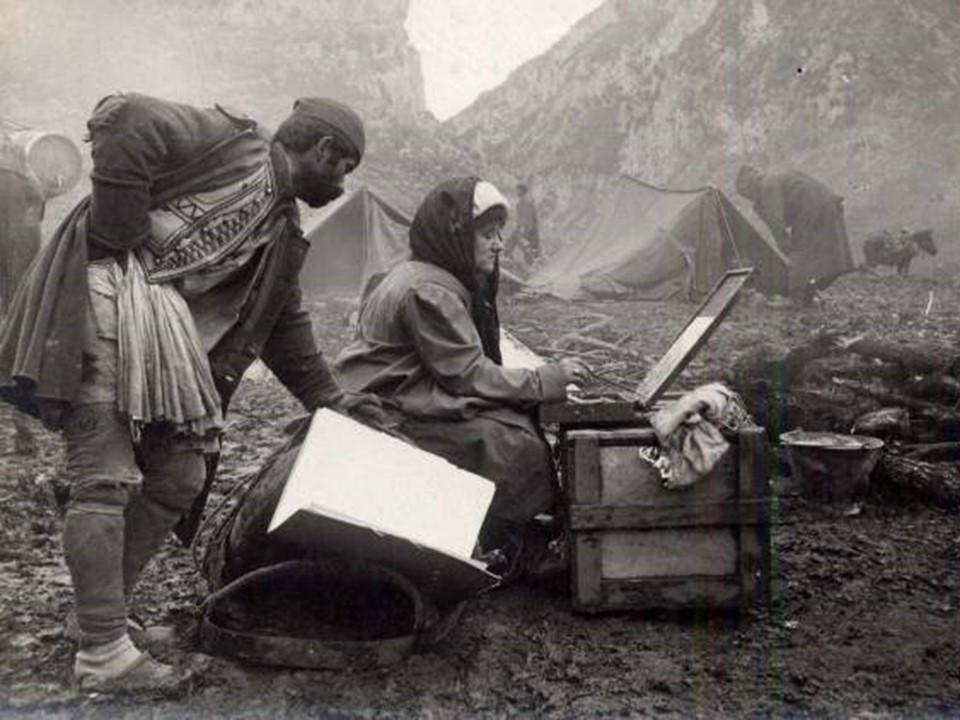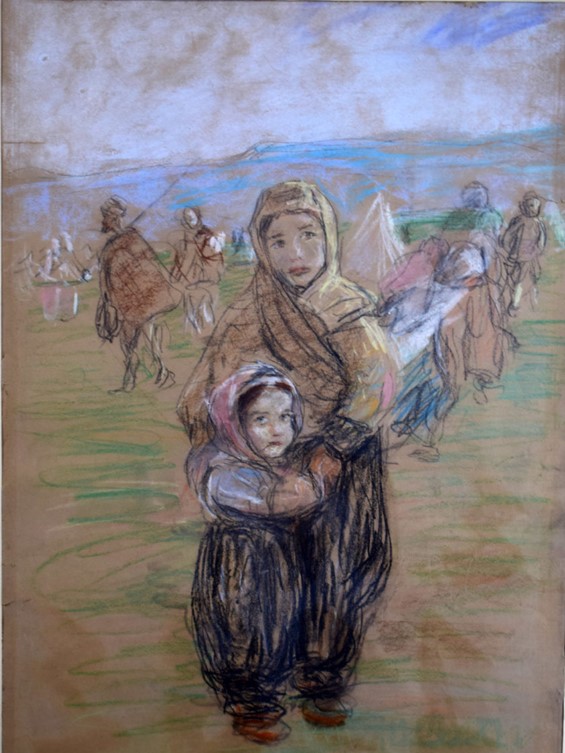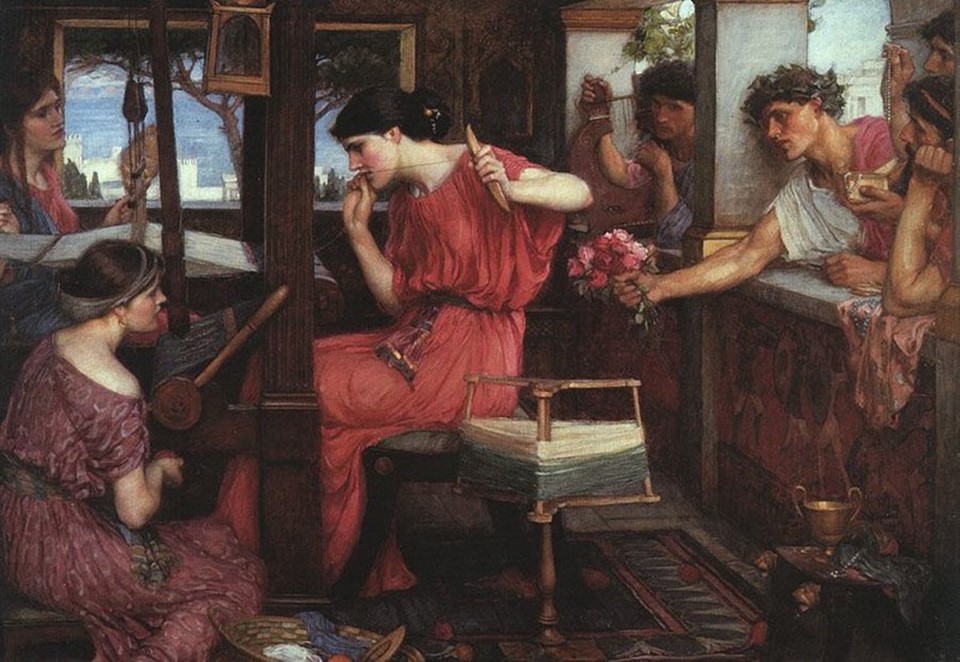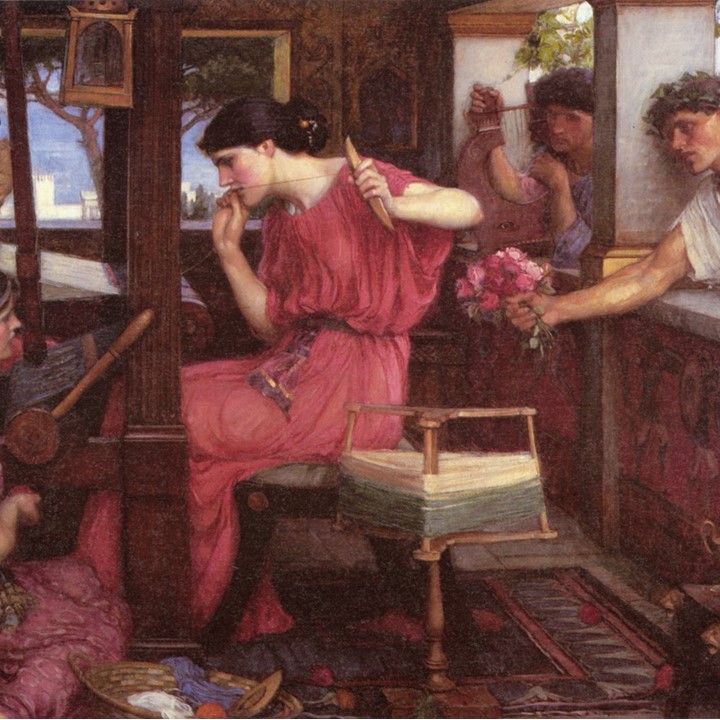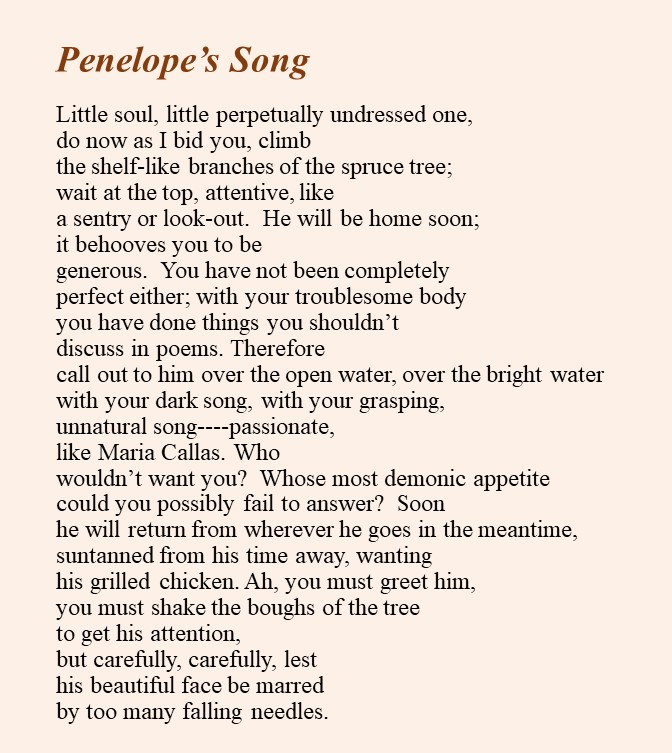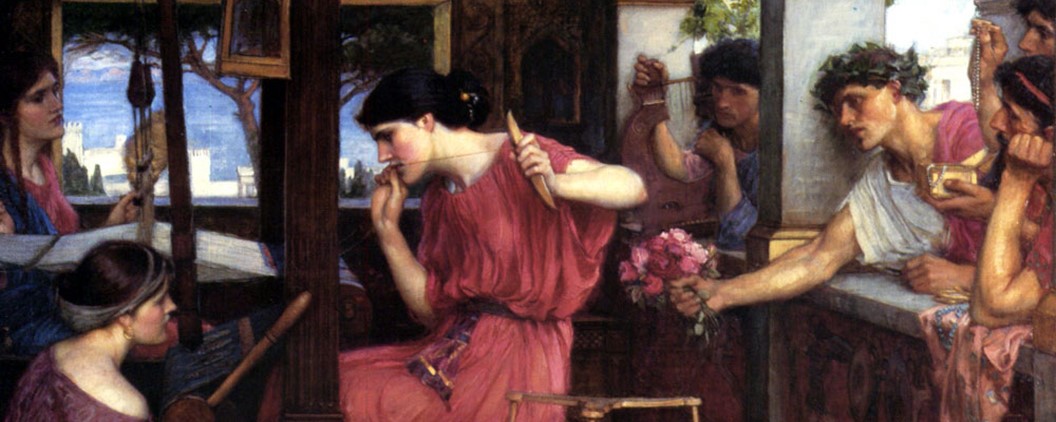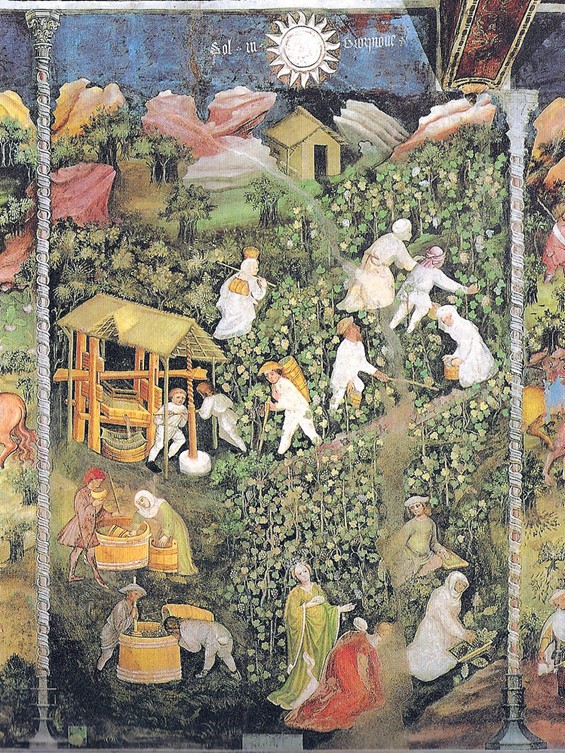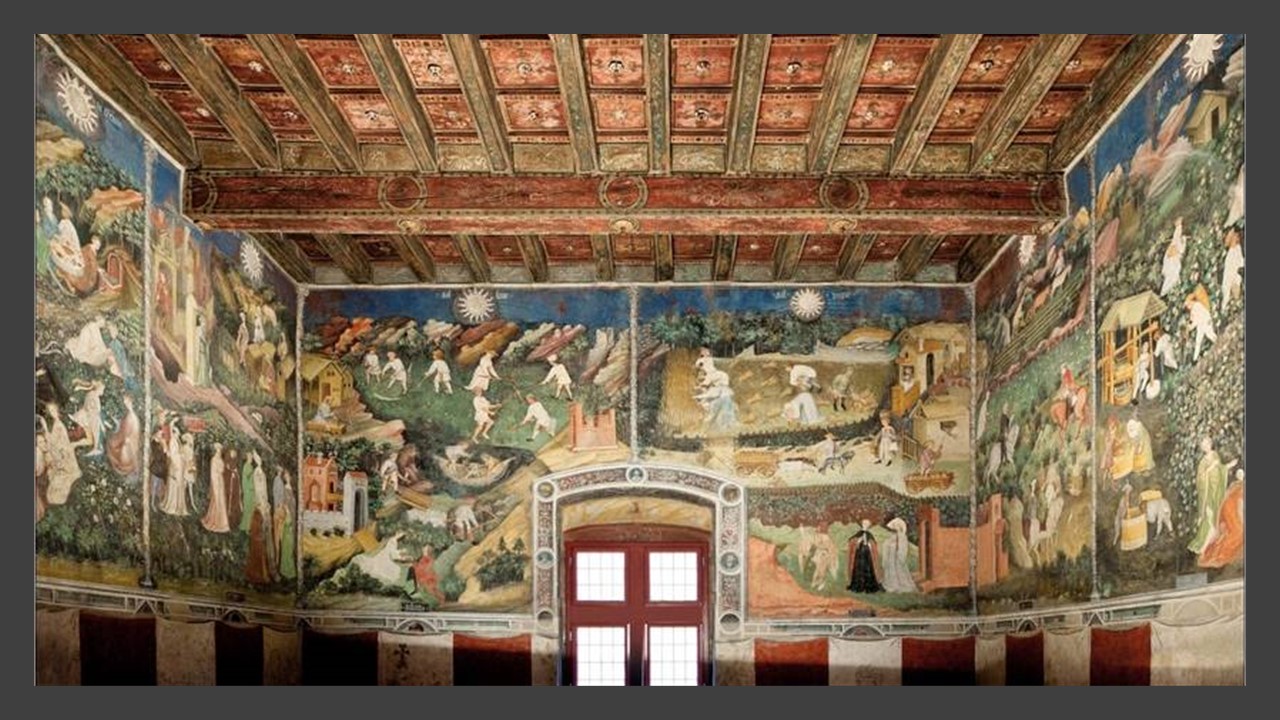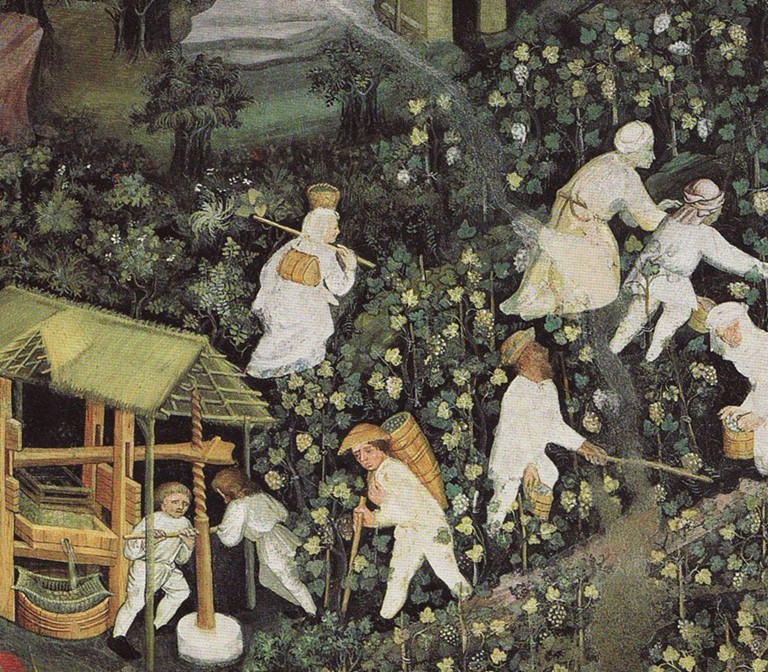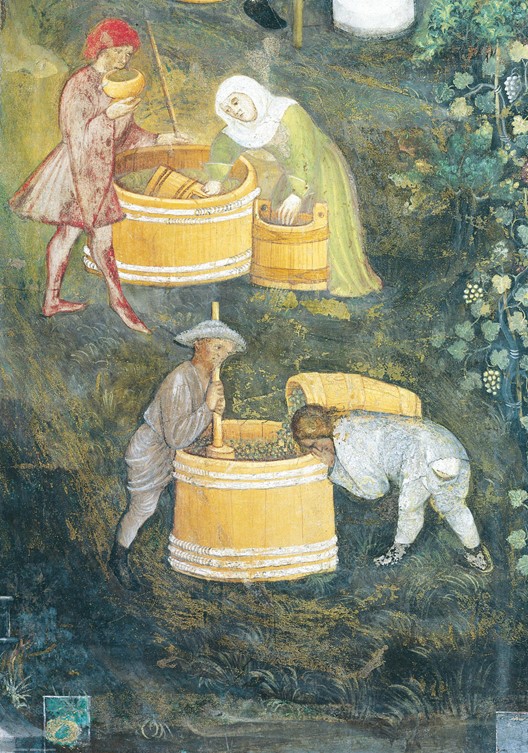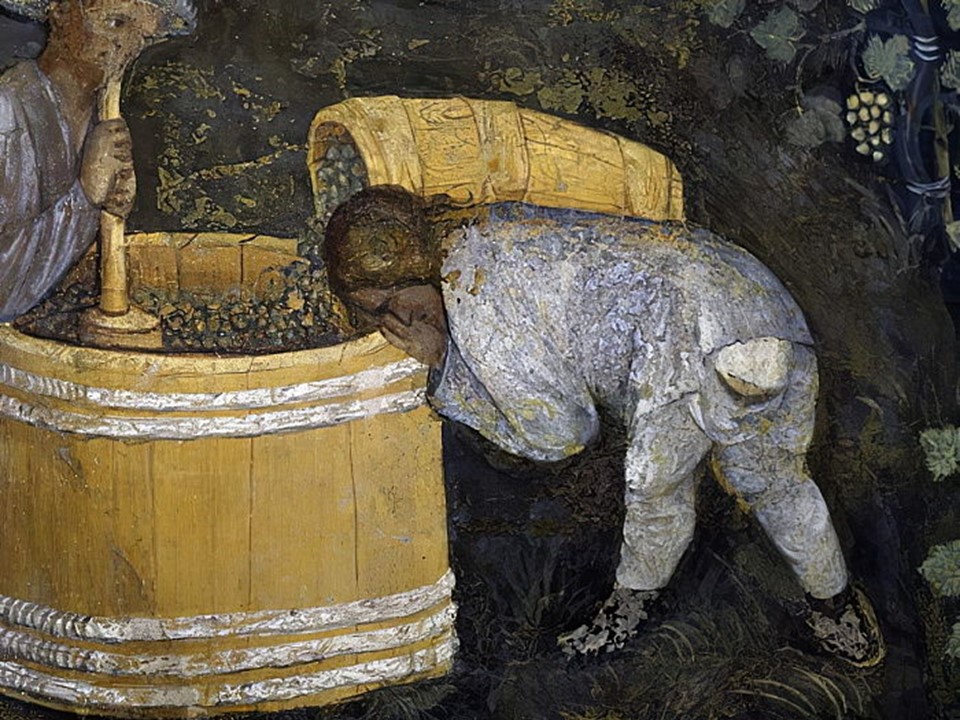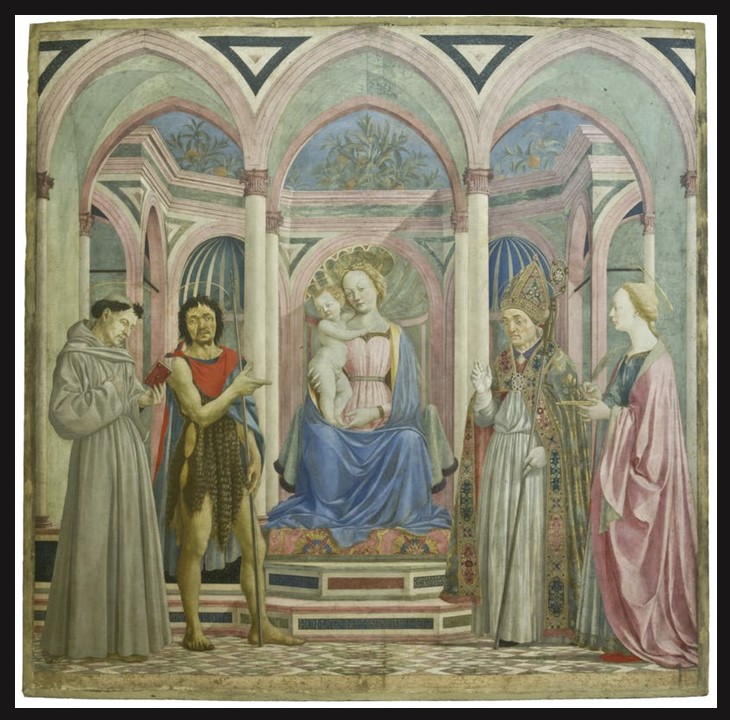
Madonna and Child enthroned with St. Francis, John the Baptist, St. Zenobius and St. Lucy, c. 1445, tempera on panel, 209 x 216 cm, Galleria degli Uffizi, Florence
“(Domenico was) …a good and affectionate fellow, fond of singing and devoted to playing on the lute, he would come together (with his friend Andrea del Castagno) every night to make merry and to serenade their mistresses” This is how Giorgio Vasari describes Domenico Veneziano, the artist from Venice who took Florence by storm! Teaching with Domenico Veneziano is a set of student activities and worksheets inspired by the great Italian artist I much admire. Domenico’ Madonna and Child enthroned with St. Francis, John the Baptist, St. Zenobius and St. Lucy Altarpiece in the Gallerie degli Uffizi is one of my favourite paintings in Florence. I am intrigued by its ethereal beauty, the balance of composition and harmony of pictorial planes. I can’t wait to be back to Florence… stand in front of it and have, once more, an aesthetically rewarding experience. http://www.travelingintuscany.com/art/giorgiovasari/lives/andreadelcastagno.htm
When the time comes for me to introduce my students to Domenico’s oeuvre I start with Giorgio Vasari and his fictional story of how Domenico Veneziano was murdered by his friend Andrea del Castagno… a story masterfully said but totally untrue.
I start with Vasari’s condemnation of envy, wicket artistic rivalry and betrayal resulting from envy… “How reprehensible is the vice of envy, which should never exist in anyone, when found in a man of excellence, and how wicked and horrible a thing it is to seek under the guise of a feigned friendship to extinguish not only the fame and glory of another but his very life, I truly believe it to be impossible to express with words, …that in such men there dwells a spirit not merely inhuman and savage but wholly cruel and devilish, and so far removed from any sort of virtue that they are no longer men or even animals, and do not deserve to live.…” and explain the difference between a healthy competition among artists, which according to Vasari is “ …worthy to be praised and to be held in esteem as necessary and useful to the world” and pure, malicious envy capable in the case of Andrea del Castagno to “ …conceal and obscure the splendour of his talents.” http://www.travelingintuscany.com/art/giorgiovasari/lives/andreadelcastagno.htm
I finish my introductory presentation discussing Domenico’s famous anecdotal story of his assassination by Andrea del Castagno, absolutely fictitious as modern scholarship proved. “ …Andrea, …being blinded by envy of the praises that he heard given to the talent of Domenico, determined to remove him from his path; and after having thought of many expedients, he put one of them into execution in the following manner. One summer evening, according to his custom, Domenico took his lute and went forth from S. Maria Nuova, leaving Andrea in his room drawing, for he had refused to accept the invitation to take his recreation with Domenico, under the pretext of having to do certain drawings of importance. Domenico, therefore, went to take his pleasure by himself, and Andrea set himself to wait for him in hiding behind a street corner; and when Domenico, on his way home, came up to him, he crushed his lute and his stomach at one and the same time with certain pieces of lead, and then, thinking that he had not yet finished him off, beat him grievously on the head with the same weapons; and finally, leaving him on the ground, he returned to his room in S. Maria Nuova, where he put the door ajar and sat down to his drawing in the manner that he had been left by Domenico. Meanwhile, an uproar had arisen, and the servants, hearing of the matter, ran to call Andrea and to give the bad news to the murderer and traitor himself, who, running to where the others were standing around Domenico, was not to be consoled, and kept crying out: “Alas, my brother! Alas, my brother!” Finally, Domenico expired in his arms; nor could it be discovered, for all the diligence that was used, who had murdered him; and if Andrea had not revealed the truth in confession on his death-bed, it would not be known now.” http://www.travelingintuscany.com/art/giorgiovasari/lives/andreadelcastagno.htm
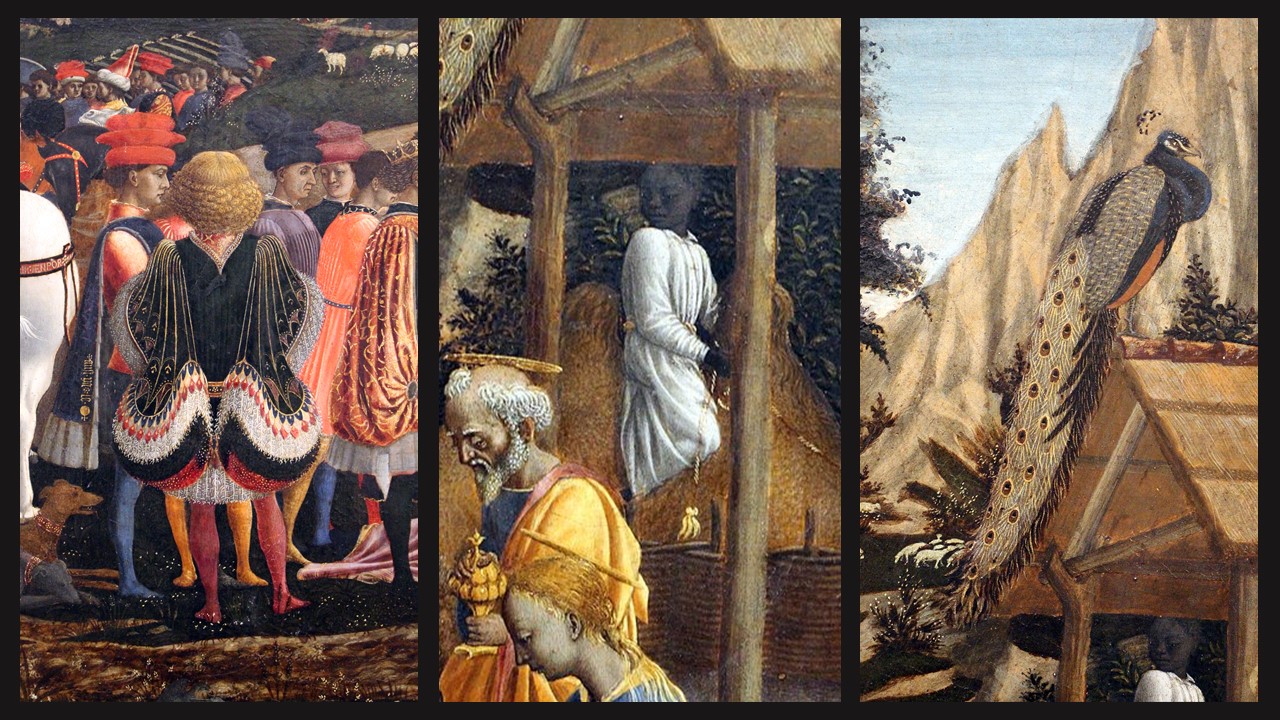
The Adoration of the Magi, 1435, tempera on panel, 90 cm diameter, Gemäldegalerie, Berlin
Teaching with Domenico Veneziano Activities…
For the List of ONLINE References on Domenico Veneziano TeacherCurator put together, please… Click HERE!
For my PowerPoint on Domenico Veneziano, please… Click HERE!
I always feel confident discussing an artist with my students when I prepare my Steps to Success Lesson Plan Outline…
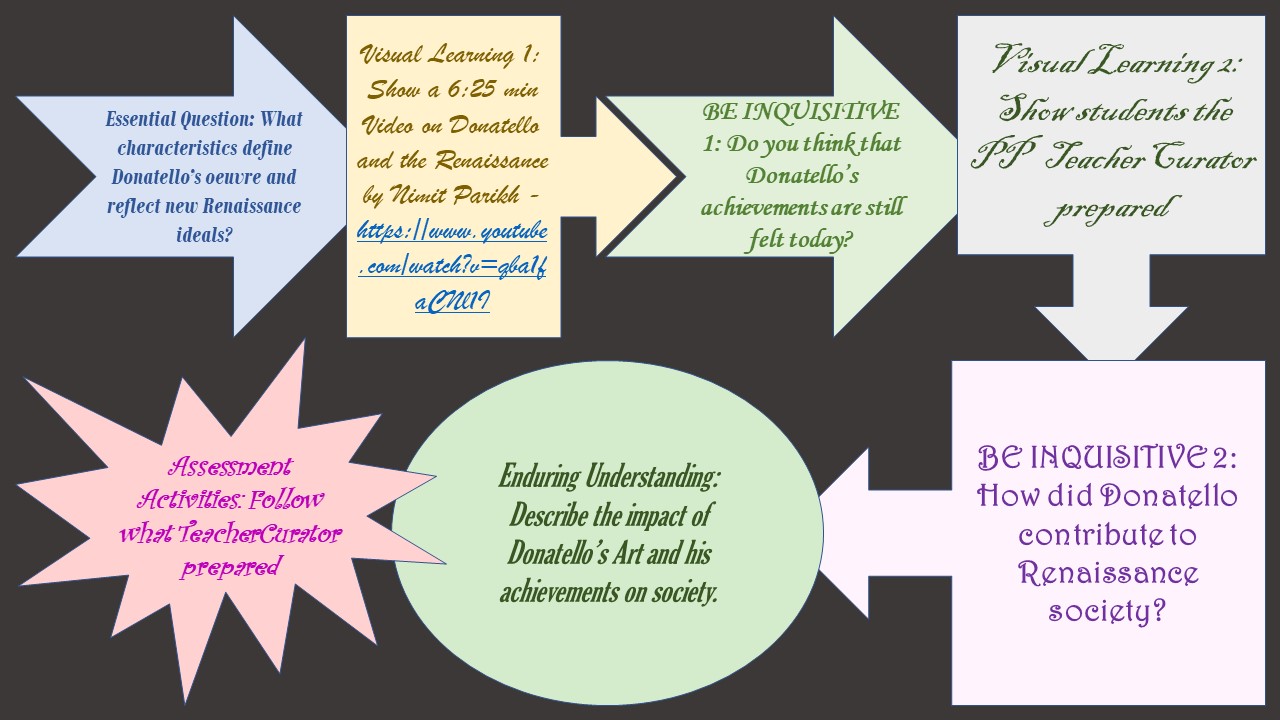
For Student Activities (four Activities), please… Click HERE!
I hope that Teaching with Domenico Veneziano, will prove easy and helpful. Do you think it justifies my BLOG name TeacherCurator?
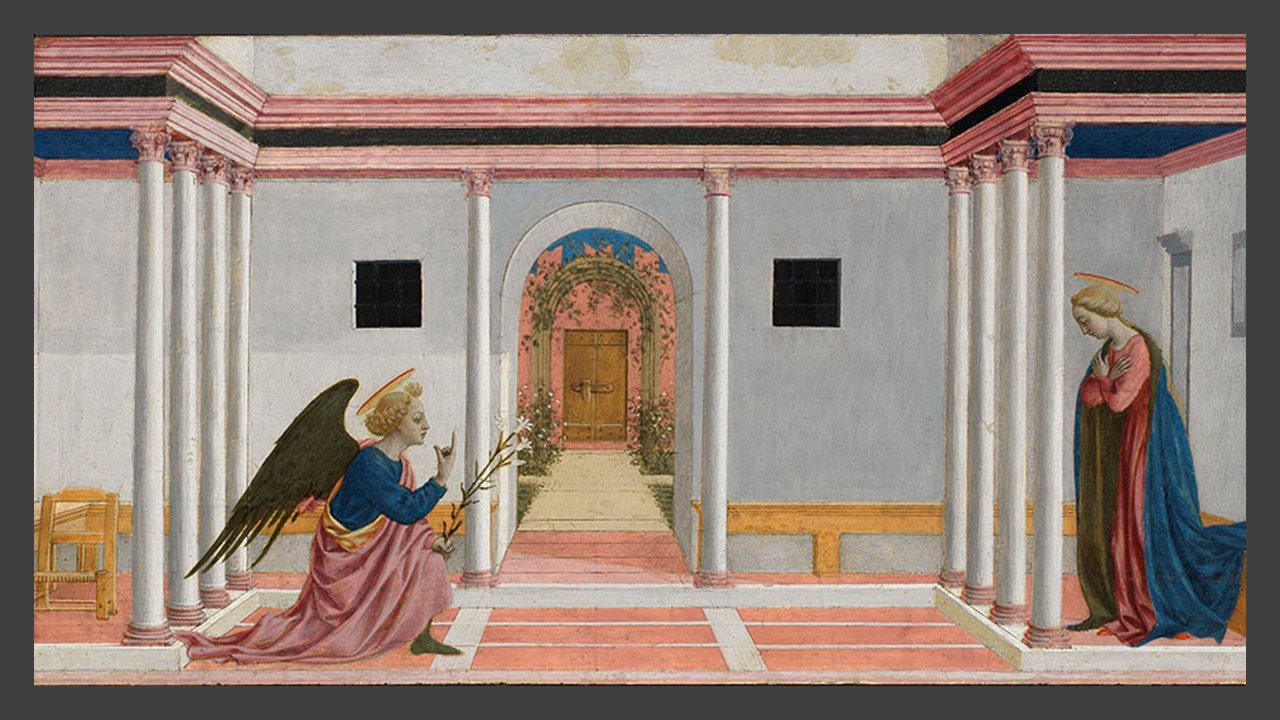
The Annunciation, c. 1445/1448, tempera on panel, 27.3 x 54 cm, The Fitzwilliam Museum, Cambridge
